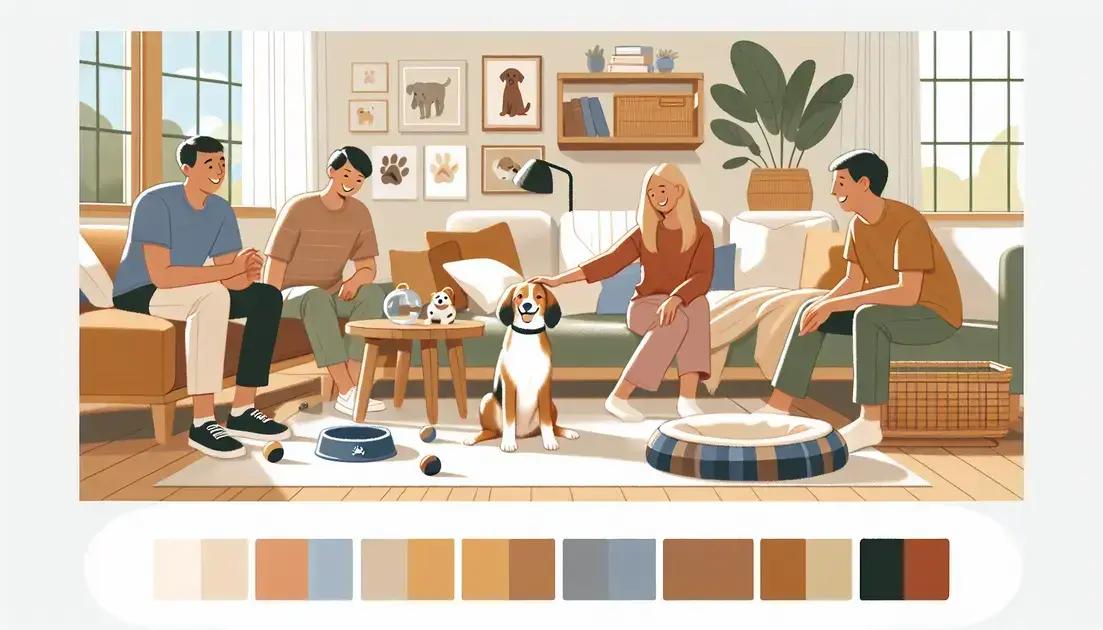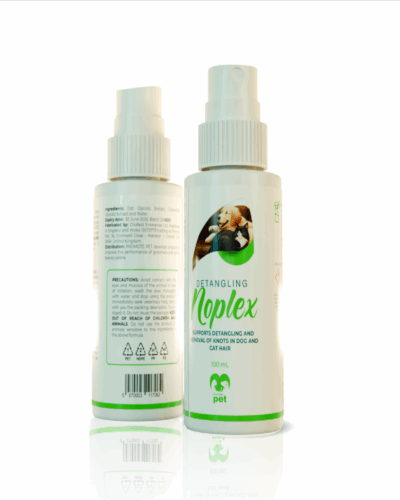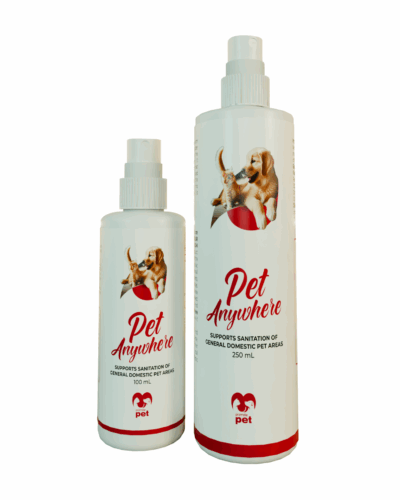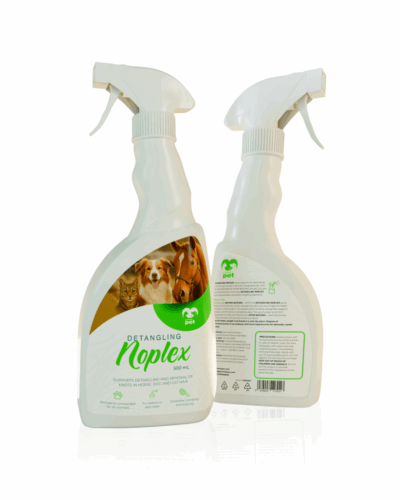Free delivery for orders over £45
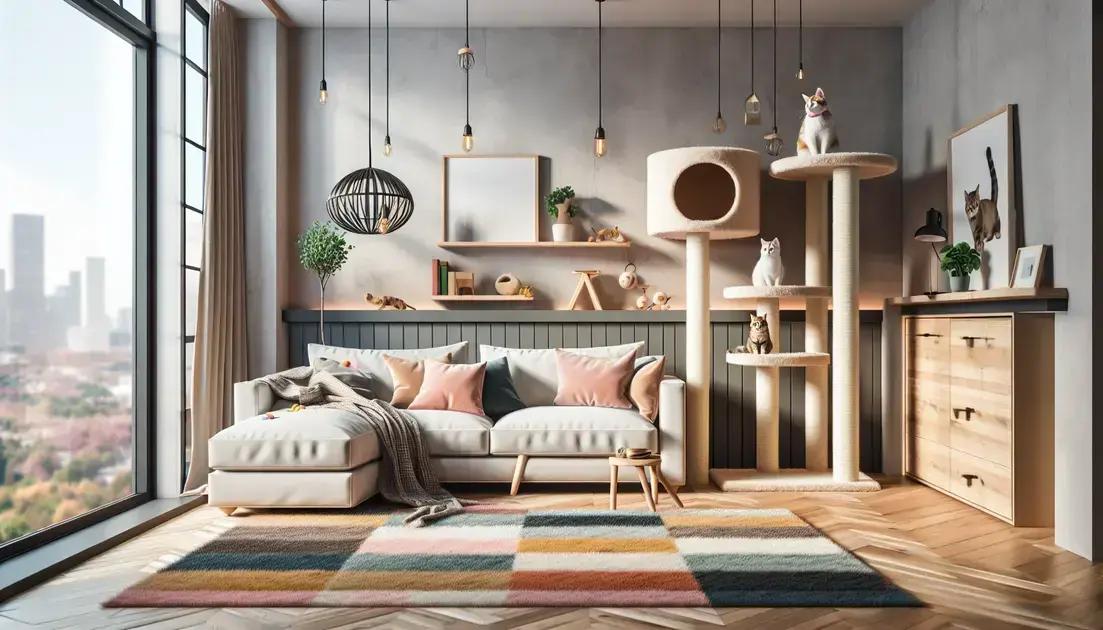
How to Make Your Home More Cat-Friendly
Table of Contents
Creating a cat-friendly home involves thoughtful pet-proofing to ensure your indoor cats lead a fulfilling life. Begin by understanding your cat’s needs and creating safe spaces that encourage natural behaviours. Provide essential cat furniture for scratching and climbing, and ensure hazardous items are out of reach. Mental and physical enrichment through interactive play keeps them engaged, while a consistent routine offers comfort. Lastly, focus on a diet that supports their health and wellbeing. With these strategies, you will pave the way for a happy, content indoor cat.
Understanding Your Cat’s Needs
Your cat, like every feline, has unique needs that influence its behaviour and overall happiness. To make your home more cat-friendly, it’s essential to delve into what exactly your cat needs in terms of environment, stimulation, and care. This understanding not only helps in crafting a suitable living space but also aids in fostering a stronger bond between you and your pet.
Instinctual Behaviours are at the core of what your cat requires. Cats are natural hunters, and they retain wild instincts even when living indoors. Simulating a hunting environment is crucial to satisfy their psychological well-being. This can be achieved by providing toys that mimic prey and ensure they have opportunities to pounce, chase, and stalk within your home.
Cats are notoriously known for their independence, yet they crave attention and social interaction with their human companions. Allocate time each day to engage with your cat, whether through interactive play or simply by sitting together. It’s important to learn and respect your cat’s boundaries during these interactions, as this will strengthen your relationship.
Your cat’s environment should be enriched with variety and choice. Providing multiple spots for them to explore, hide, and relax is vital. Cats often enjoy sunbathing in a quiet spot or observing from a high perch. Incorporate various textures and levels in your home to cater to these interests.
Understanding sensory preferences is equally important. Cats are sensitive to sounds and smells, so creating a calm and reassuring environment with minimal disruptions can be beneficial. Additionally, providing scent markers, such as familiar-smelling blankets or beds, helps cats feel more secure in their surroundings.
Maintaining a consistent routine is another aspect of understanding a cat’s needs. Cats thrive on predictability, which means feeding, playing, and grooming should ideally follow a set schedule. This not only helps in reducing stress but also instils a sense of trust and security in your home environment.
To best cater to your cat’s needs, observe them closely to gauge their preferences and dislikes. Adjust their environment and routine accordingly to ensure a truly cat-friendly home.
Safe Spaces: Creating Secure Zones
Cats need safe spaces within the home to feel secure. Creating these areas involves understanding that cats appreciate quiet, secluded spots where they can retreat from activity. Consider designating zones solely for your cat’s comfort. A simple approach might be setting up a small area with their favourite bedding or a fleece blanket, ensuring it is away from loud noises or heavy foot traffic.
Adding cat-friendly furniture can enhance this zone. A cat tree or a high perch allows your feline friend to observe their surroundings and gives them a sense of security, especially in a multi-pet household. An enclosed hideaway can be another excellent addition, giving your cat somewhere to retreat when they feel overstimulated.
Interactive elements can also make these spaces more appealing. Including toys or scratchers nearby can help reduce stress and encourage play without forcing your cat to venture out into less secure areas. Treats or catnip strategically placed in their safe zone can further reinforce positive associations with these areas.
While creating these zones, ensure they are easily accessible and free from potential hazards. This means avoiding areas near cords, chemicals, or plants that could be harmful. Position these safe spaces at varying heights and in different rooms to cater to your cat’s preferences, ultimately making their environment as inviting and secure as possible.
Remember, it’s important to respect your cat’s autonomy. Allow them to explore these safe spaces at their own pace, reshaping or relocating items as their preferences change. The goal is to create multiple zones where your cat feels secure and content, contributing to their overall happiness and well-being.
Scratch and Climb: Cat Furniture Essentials
When aiming to create a more cat-friendly home, incorporating essential furniture for scratching and climbing is crucial. Cats naturally have a strong desire to scratch, climb, and chase, allowing them to maintain physical health and express their instincts. Providing adequate scratching posts and climbing structures can effectively reduce unwanted scratching on furniture and promote exercise.
Start by selecting scratching posts that are tall and sturdy enough to entertain your cat. Opt for materials like sisal or carpet, ensuring they have a robust base for stability. Place these near places your cat often visits, encouraging them to use the posts instead of your cherished furniture.
Moreover, integrating cat trees or climbing shelves into your decor enriches your feline’s environment. These structures cater to their love for high vantage points, allowing them to observe surroundings and feel safe. Ensure these pieces are securely installed to prevent toppling.
Consider adding hammocks or perches for your cat to relax and nap in comfort. These additions should be positioned in various locations, perhaps near windows where your cat can watch outside activity, adding enjoyment and stimulation to their routine.
By thoughtfully incorporating these essential pieces of furniture, you address your cat’s instinctual needs while preserving the harmony of your home’s aesthetic.
Pet-Proofing Tips for Hazardous Items
Cats are inherently curious creatures, always on the lookout for new adventures. While this trait is endearing, it often leads them to explore places they shouldn’t, especially in search of hazardous household items. In order to create a cat-friendly home, it is essential to identify and secure these potential threats.
Start by recognising the common culprits such as cleaning products, which can be extremely toxic to cats if ingested. Always store these items in cabinets that are out of reach, or use childproof locks to ensure your feline friend cannot access them. Additionally, certain plants and flowers pose significant health risks to cats, and should be kept in areas they cannot reach. Check the ASPCA’s toxic and non-toxic plant list to be on the safe side when choosing houseplants.
Another aspect to consider is electrical cords, which can entice a playful cat. Utilize cord organisers and covers to keep cables neat and inaccessible. Objects that might appear benign, such as small items or decorations, should also be kept away. These can become choking hazards or cause blockages if your cat decides to investigate them further. For heavier decorations, ensure they are securely fastened to prevent injury.
Human Medications
Medications intended for human use can be lethal to pets. Always store pills and liquid medications in sealed containers and away from any curious paws. If a medication is accidentally dropped, ensure it is picked up immediately to avoid any mishaps.
In the kitchen, be wary of foods and drinks that are toxic to cats, such as chocolate, alcohol, and caffeine. Keep rubbish bins covered or stored in cabinets to prevent scavenging for leftovers or ingesting harmful substances.
Finally, regular checks around your home for any potential hazards will ensure it remains a safe haven for your feline companion. Keeping a vigilant eye and anticipating your cat’s adventurous nature are key to successful pet-proofing.
Interactive Playtime: Mental and Physical Enrichment
Cats are curious and intelligent creatures that thrive on mental and physical enrichment. By incorporating interactive playtime into your home environment, you can foster a more cat-friendly space. Engaging toys and activities can help prevent boredom and behavioural issues.
Choose the Right Toys
Opt for toys that stimulate both the mind and body. Consider puzzle feeders that challenge your cat to think and move, simulating the hunt for food. Wand toys, with feathers or strings, mimic the thrill of catching prey, keeping your feline agile and entertained.
Encourage Exploration
Create pathways and obstacles with cat furniture, like shelves or tunnels, allowing your cat to explore different levels and textures. This not only satisfies their natural desire to climb and scratch but also promotes physical fitness.
Rotate Toys Regularly
Keep your cat engaged by rotating their toys frequently. This practice maintains novelty and sustains their interest, ensuring they continue to actively participate in play sessions.
By providing your feline friend with ample opportunities for interactive play, you contribute significantly to their well-being, making your home more welcoming and enjoyable for them.
The Importance of Routine in a Cat’s Life
Cats thrive on stability and predictability, which makes establishing a routine crucial for their well-being. A consistent feeding schedule not only helps manage their diet but also provides a reliable time frame for your cat to anticipate their meals. Similarly, allocating dedicated time for interactive play each day strengthens your bond and offers mental stimulation.
Ensuring a steady sleep schedule accommodates their natural inclinations, helping them feel more secure in their surroundings. Providing a designated area for sleeping reduces stress and creates a peaceful environment, fostering a sense of stability.
Incorporating regular grooming sessions becomes an important aspect of a healthy routine. Activities like brushing not only contribute to their physical health but also reinforce a nurturing connection. Routine grooming helps in early detection of potential health issues and decreases shedding-related challenges.
Additionally, setting specific times for tasks like litter box cleaning ensures a hygienic location, contributing to your cat’s happiness and well-being. Maintaining cleanliness aids in a comfortable daily life and reduces the risk of behavioral problems related to sanitation issues.
Overall, a well-structured routine allows cats to predict and understand their environment, reducing anxiety and behavioural concerns. Employing consistency across daily activities ensures a stable home atmosphere suited to a cat’s inherent need for regularity.
Healthy Nutrition for Indoor Cats
Ensuring your indoor cat has a balanced and nutritious diet is crucial for their health and well-being. Cats have unique dietary needs, different from dogs or humans, which is why providing them with the right nutrients is important.
Indoor cats typically have less opportunity to exercise than their outdoor counterparts, so it’s essential to choose food that suits their lifestyle. A diet designed for indoor cats is often lower in calories, helping maintain an ideal weight while still providing all the essential nutrients. Look for cat food that includes high-quality proteins and, if possible, limited fillers, as these can lead to unnecessary weight gain.
Hydration
Hydration is equally important. Cats often do not drink enough water. Consider providing a wet food option, which can increase fluid intake. Alternatively, using a cat water fountain can encourage your feline friend to drink more, as many cats prefer running water.
Essential Nutrients
Select a diet rich in taurine, omega-3 fatty acids, and vitamins. Taurine is vital for eye and heart health, while omega-3s support a shiny coat and healthy skin. Fibre, too, plays a role in preventing hairballs and maintaining digestive health.
Regular feeding times can create a routine that your cat will look forward to, and portion control is key in preventing obesity. Remember to consult your veterinarian to discuss the best dietary options for your indoor cat, as individual needs can vary based on age, health, and activity level.
Contact Us
- +44 07391626201
- info@promotepet.com
- 16, Cromwell Close - Oxford - UK
COPYRIGHT © PROMOTE PET. ALL RIGHTS RESERVED. © 2024 Chofard Enterprise Ltd. Chofard Enterprise is a company registered in England and Wales with a company number 13073779 VAT number GB 370644889. 16, Cromwell Close, Oxford OX30RW, United Kingdom – trading as Promote Pet Online Shop.



